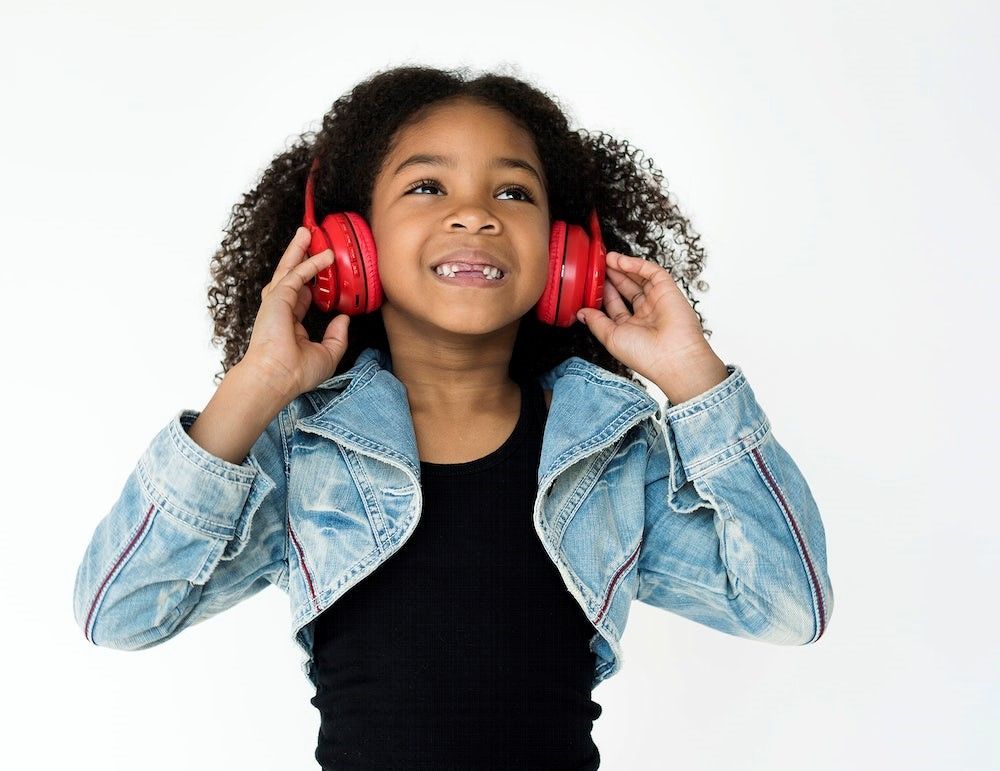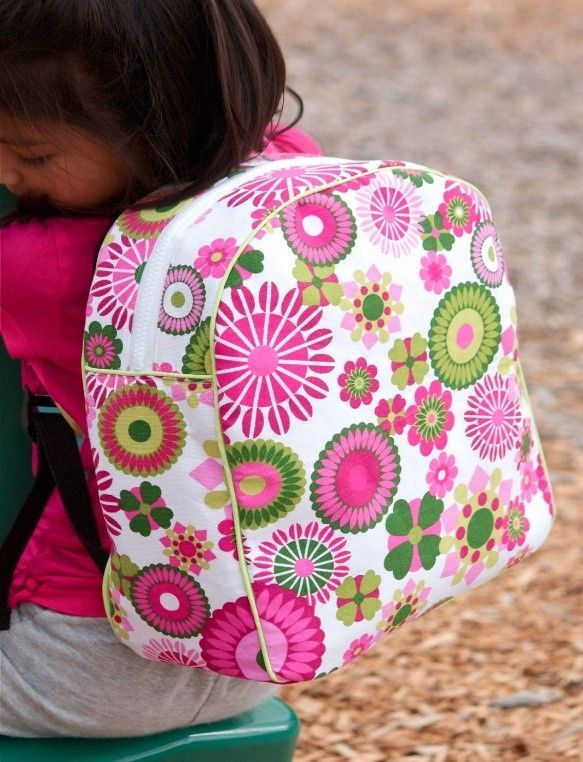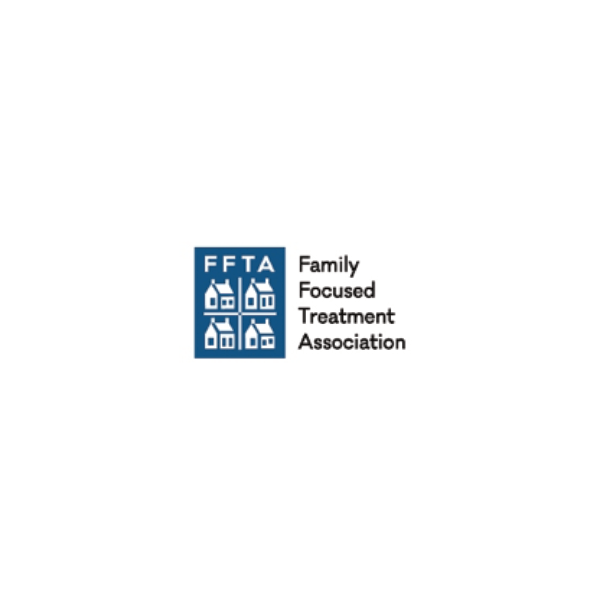How Musical Play Can Help Foster Children!

Music has this amazing power to captivate us and make us feel all sorts of emotions. When it comes to children in foster care who have been through tough times, musical play becomes even more important. It has a special significance because it helps these kids heal and grow in a positive way.
When it comes to child development, musical play can be an impactful technique for growth and healing. Music has a way of captivating our senses and stirring emotions within us. In the case of children in foster care, who have experienced disruption and trauma, musical play takes on a special significance. Here, we will explore the benefits of musical play in encouraging the healthy development of children in care, providing them with a nurturing and transformative experience.
What is musical play?
Musical play refers to the engaging and interactive exploration of music through various activities such as singing, dancing, playing instruments, and creating rhythms and melodies. Similar to play therapy, it encourages children to actively participate, express themselves creatively, and develop a deeper connection with the world of music.
Emotional Expression and Regulation
Music has a unique ability to evoke and channel emotions. For children in foster care who have faced significant trauma, expressing and regulating emotions can be challenging. Musical play provides a safe space for them to express feelings whether through singing, creating music or dancing. It allows them to release pent up emotions, find comfort, and develop emotional resilience.
How can musical play help children in foster care?
Musical play holds a lot of potential for positively influencing the lives of children in foster care.
- Self-expression and empowerment: Musical play allows children to express themselves freely, helping them find their voice and assert their identity. Through singing, playing instruments, and creating music, children can tell their stories, share their experiences, and celebrate their uniqueness. This empowers them with a strong sense of self-esteem and personal growth.
- Building trust and attachment: The interactive nature of musical play creates opportunities for connection and trust building. Engaging in musical activities with caregivers and peers builds a sense of safety and security. It helps children in foster care develop positive relationships and build healthy attachments, which are crucial for their emotional well-being and overall development.
How does musical play work?
Musical play therapy contributes towards child development through various ways.
- Emotional Engagement
Music has a direct impact on our emotions. It can evoke joy, sadness, excitement, or calmness. Through musical play, children in foster care can explore and express their emotions in a safe and non-threatening way. The melodies, rhythms, and lyrics allow them to connect with their feelings and experience a range of emotions, promoting their emotional well-being and helping them process their experiences.
- Sensory stimulation
Musical play engages multiple senses simultaneously. Listening to music, feeling the vibrations of instruments, and participating in rhythmic movements activate the auditory, tactile, and kinesthetic senses. This sensory stimulation enhances sensory integration, promoting coordination, balance, and fine motor skills development.
- Neurological activation
Engaging in musical play activates various areas of the brain. Playing instruments, singing, and listening to music stimulate neural connections, promoting brain development and cognitive abilities. The brain's response to music enhances memory, attention, and pattern recognition, fostering cognitive growth and intellectual skills.
5 types of musical play techniques
There are several techniques and activities that can be incorporated into musical play, but what is important to remember is that musical play does not have many rules. It is there to help children feel connected to the moment while simultaneously boosting their self-esteem and promoting healthy development.
- Singing
Singing is a fundamental and very accessible form of musical play. You can sing anywhere you like, all year round! Children can sing along to familiar songs or learn new ones. Singing helps with language development, vocabulary expansion, and self-expression. It can be done individually or in groups, providing opportunities for social interaction and building confidence. Why not have a sing-along to your foster child’s favorite songs and enjoy a therapeutic release of emotions while making happy memories?
2. Instruments
Providing children with access to various musical instruments allows them to explore different sounds and textures. They can experiment with percussion instruments like drums or xylophones, or try their hand at string or wind instruments. Instrument exploration enhances fine motor skills, hand-eye coordination, and processing sounds, which can also be extremely beneficial for autistic children.
3. Movement and dance
Bringing movement and dance into musical play encourages physical activity and self-expression. Children can sway, jump, or dance to the rhythm of the music. This not only enhances gross motor skills but also allows them to release energy, improve coordination, and experience the joy of dance, because everyone loves a boogie from time to time!
4. Songwriting
Encouraging children to create their own songs is a powerful form of musical play. They can write lyrics, invent melodies, and experiment with different musical elements. This activity promotes creativity, self-expression, and fosters a sense of ownership and accomplishment.
5. Music listening and reflection
Listening to different genres of music and reflecting on how the songs make you feel can be a valuable aspect of musical play. Children can discuss their
Interpretations, share their feelings, and connect with the music on a deeper level. This activity promotes active listening, critical thinking, and emotional engagement.
In child development, musical play shines as a transformative force, particularly for children in foster care who have experienced a lot of anguish in their early lives. By engaging in musical play, these children can express their emotions, develop cognitive and social skills, experience healing, and find empowerment.




















